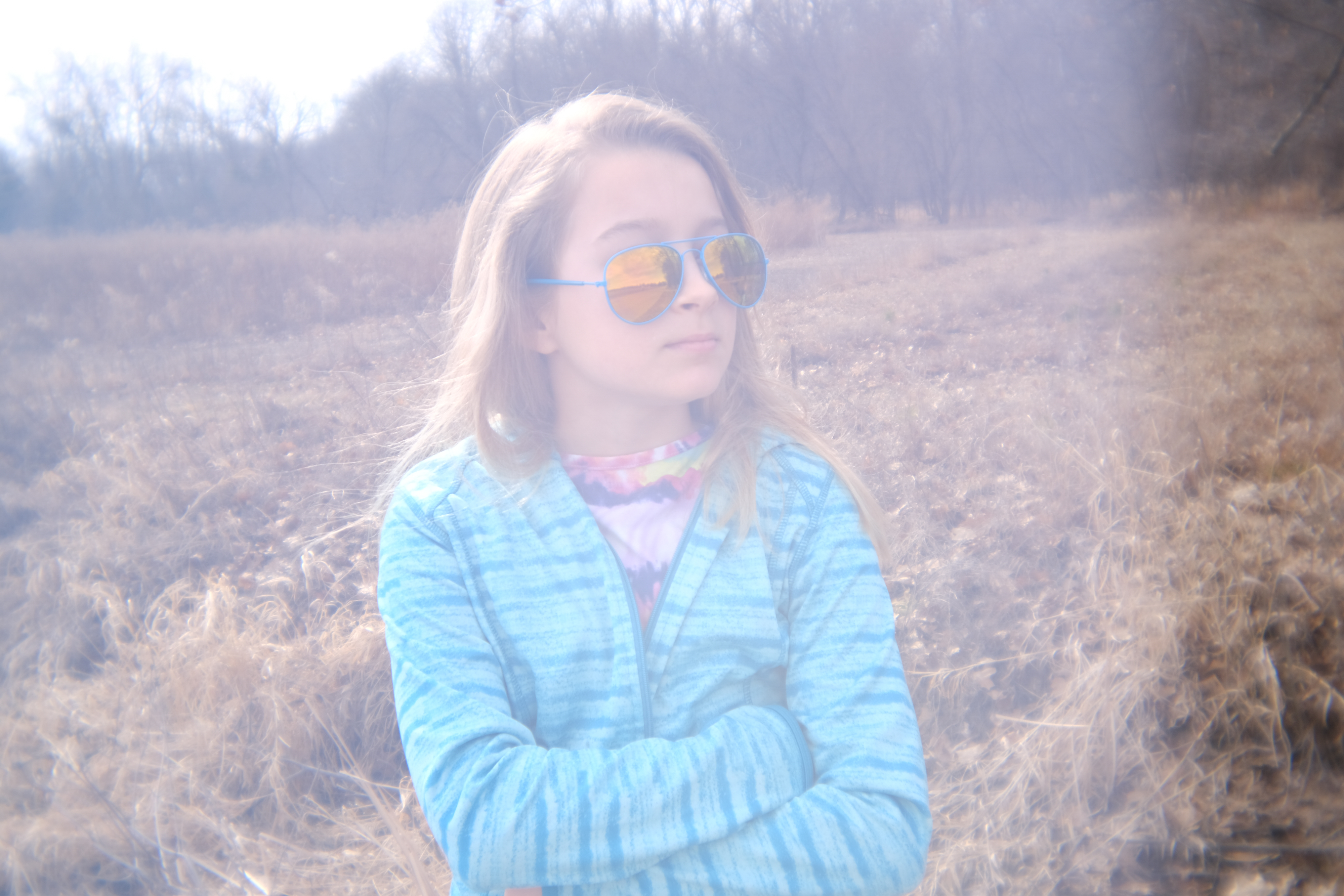How a photographer turned filmmaker captured one of the Arctic's most powerful documentaries
Evgenia Arbugaeva's journey from photography to filmmaking is a real inspiration for photographers
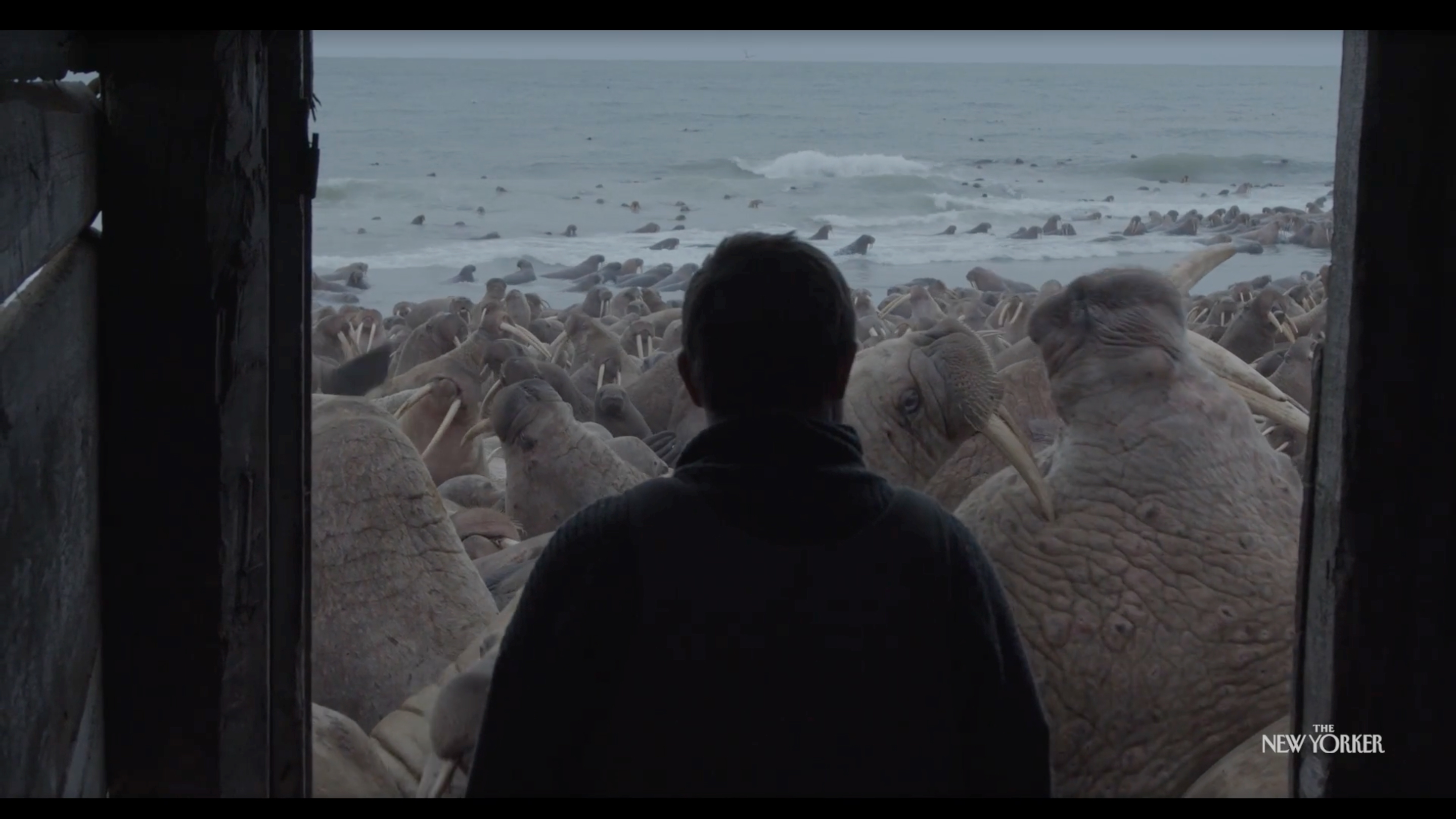
The leap from photography to documentary filmmaking is one I’ve been thinking about a lot as I venture into filmmaking myself. It’s a bit daunting, and I’ve been feeling apprehensive about getting started. So, when I attended the WildPhotos event last year and heard Evgenia Arbugaeva speak about her own transition from photographer to filmmaker, it was the inspiration I needed.
Arbugaeva, known for her striking images of remote landscapes and intimate portrayals of human connections to nature, made her directorial debut in 2022 with Haulout; a 25-minute documentary about the migration of walruses in the Arctic.
The film is both visually stunning and deeply poignant, offering a powerful narrative about climate change and the fragility of the natural world. What resonated with me most was how Arbugaeva’s background as a photographer influenced her filmmaking approach, making the film feel as intimate, tense and thoughtfully composed as her still work.
"It was my first experience, I had never shot video before," she said at WildPhotos. "We didn't have any funding or support and I thought maybe this was for the better because it would allow me complete creative freedom and no pressure to deliver, and I can learn as I go".

ABOVE: Watch the short documentary film Haulout
Her shift from stills to film felt natural, as her photographic approach translated seamlessly into the moving image. Haulout's pacing is measured, allowing its breathtaking Arctic landscapes and the raw power of the walruses to speak for themselves. Each frame feels carefully composed, with the same attention to light, composition, and mood that defines Arbugaeva's photography. It’s as though you’re viewing a series of stills brought to life.
At the WildPhotos event, Arbugaeva shared how her experience as a photographer in harsh environments prepared her for filmmaking. She spoke about the technical challenges she faced, including working with a small crew and the Arctic’s extreme conditions, while also revealing that she worked alongside her brother, Max Arbugaeva – a key part of the project's success. Their collaboration brought a personal dimension to making the film, strengthening its authenticity and emotional impact.
Get the Digital Camera World Newsletter
The best camera deals, reviews, product advice, and unmissable photography news, direct to your inbox!
"My work is very still and measured, and I feel like I approached it like photography, and Max's camera is more dynamic and he also used drones to capture the scale of the haulout. I really enjoyed the collaborative element of filmmaking".
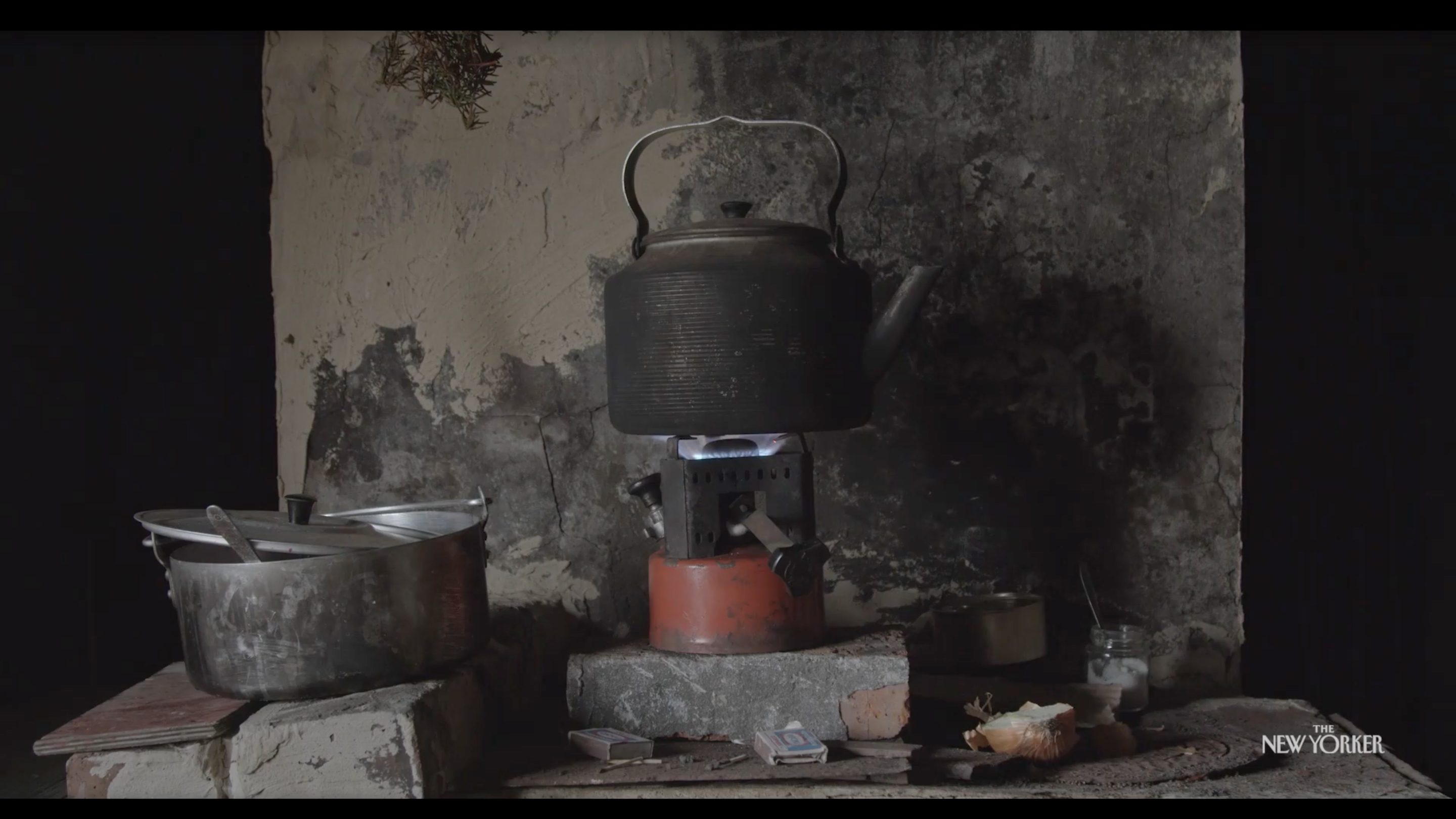
Arbugaeva’s technical choices also reflect her photographic background. She used a Canon EOS R5, an instrument she was familiar with from her photography, enabling her to focus on creative choices without being distracted by new equipment. Her ability to blend wide, sweeping shots with intimate close-ups shows a talent for visual storytelling, capturing the rawness of the Arctic and the lonely yet scary job of the conservationist, with a photographer’s eye.
The film’s sound design also reflects her understanding of creating an atmosphere. The ambient sounds – the wind, the sea, the calls of the walruses – immerse you in the environment, complementing the visuals and adding layers of emotional depth. It’s a great reminder that as photographers, we have the tools to build atmosphere and mood, even in a different medium.
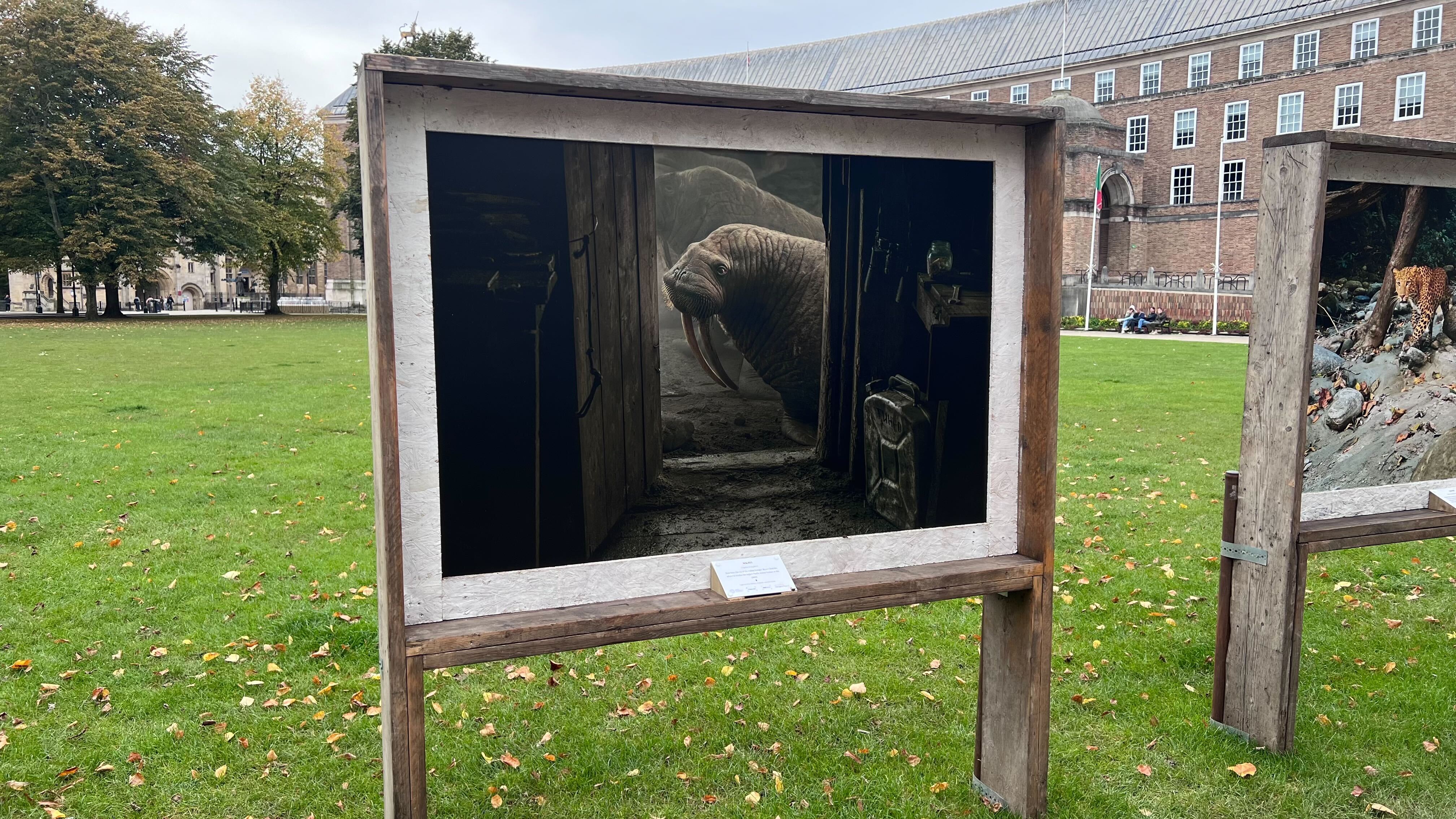
Haulout is available in full and for free on The New Yorker’s YouTube channel, and watching it has been a reaffirming experience as I move into filmmaking myself. The documentary doesn’t just highlight the climate crisis, it demonstrates how the skills honed as a photographer can be powerfully applied in filmmaking.
Arbugaeva’s journey has given me the confidence to continue exploring filmmaking, knowing that my photographic visual language is an asset, not a limitation.
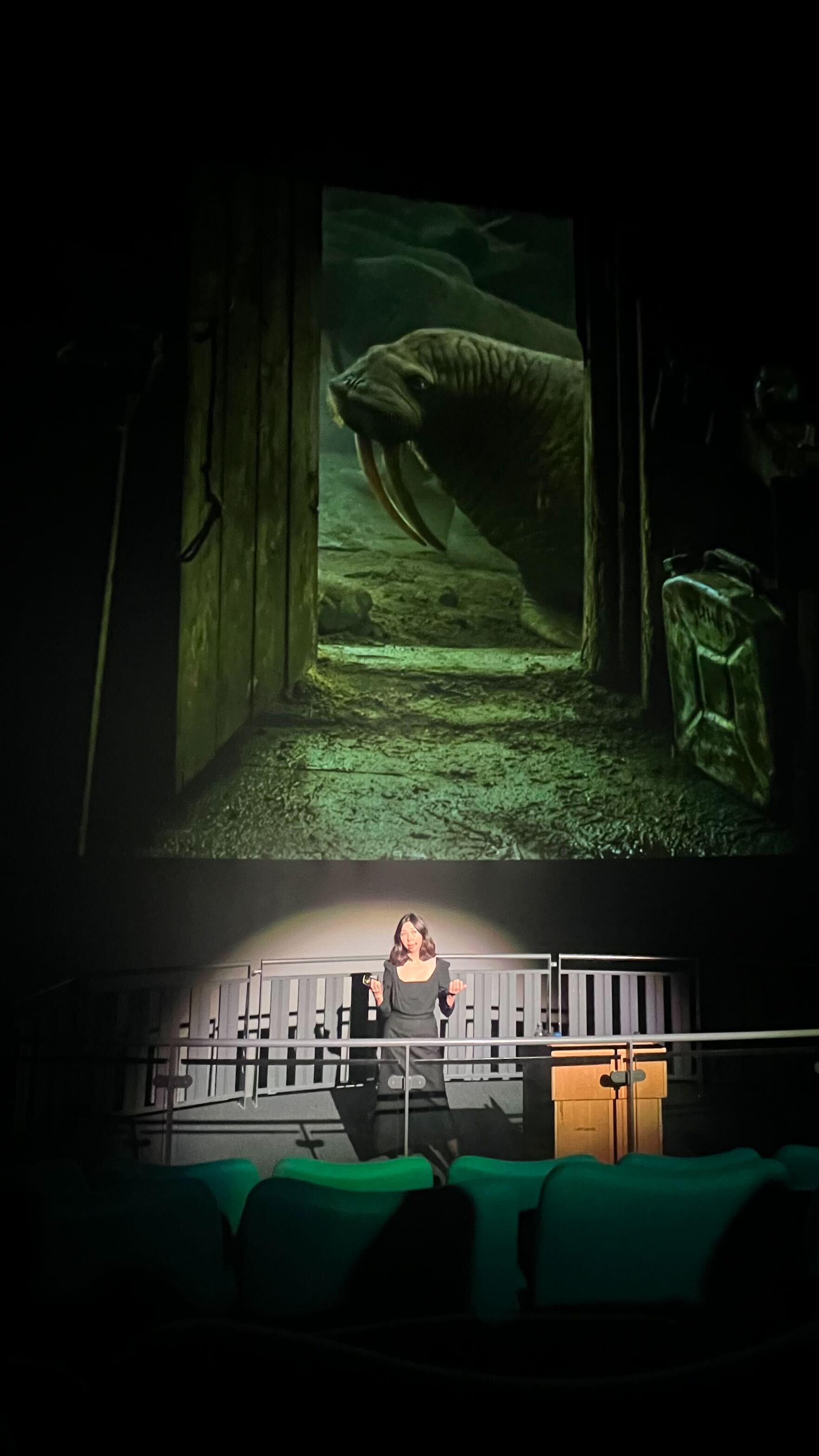
you might also like
Check out our guides to the best camera for filmmaking and the best hybrid cameras. WildPhotos organizer Wildscreen will host another event next month looking at the Science in Storytelling, another must for wildlife filmmakers.
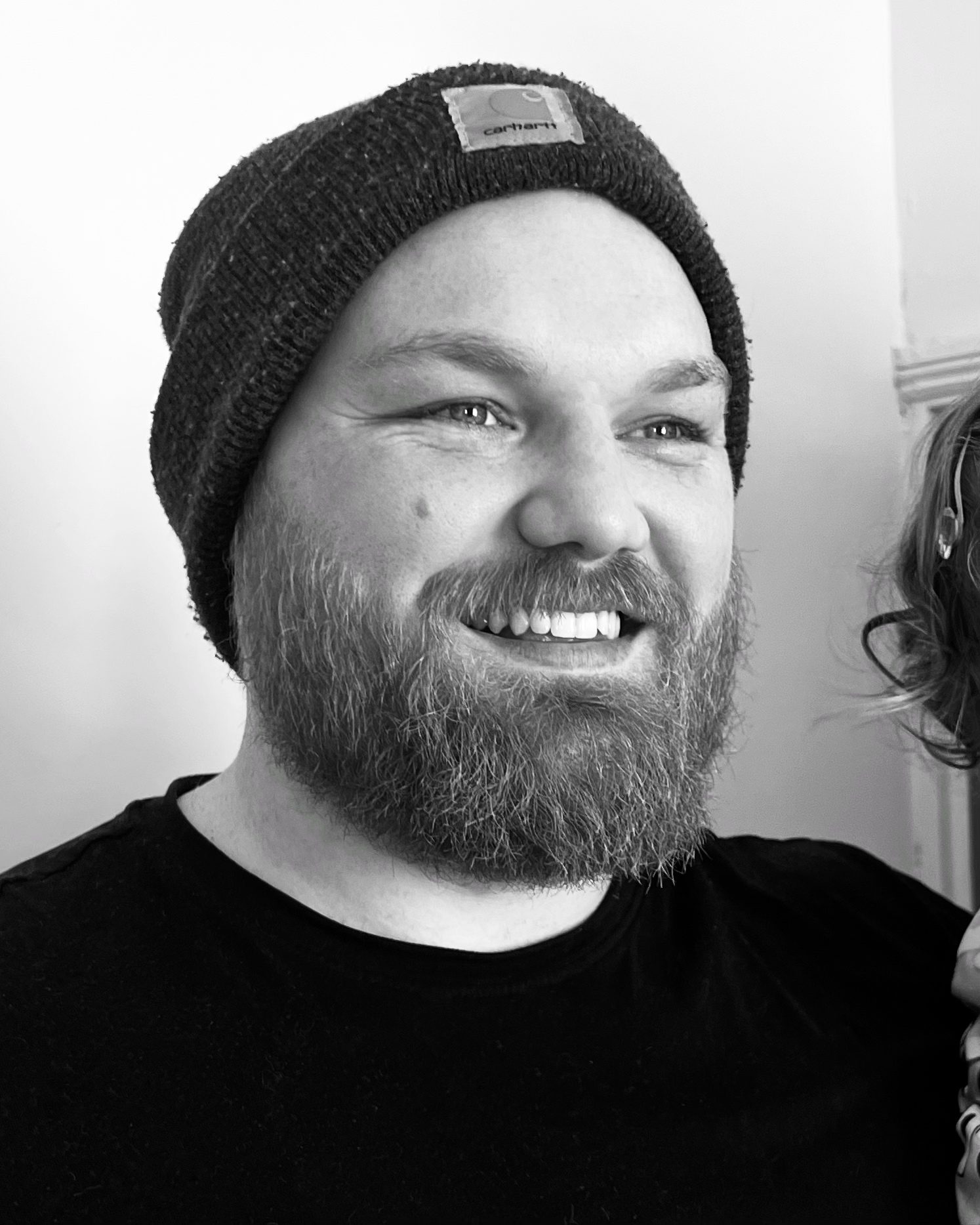
Kalum is a professional photographer with over a decade of experience, also working as a photo editor and photography writer. Specializing in photography and art books, Kalum has a keen interest in the stories behind the images and often interviews contemporary photographers to gain insights into their practices. With a deep passion for both contemporary and classic photography, Kalum brings this love of the medium to all aspects of his work.
You must confirm your public display name before commenting
Please logout and then login again, you will then be prompted to enter your display name.
